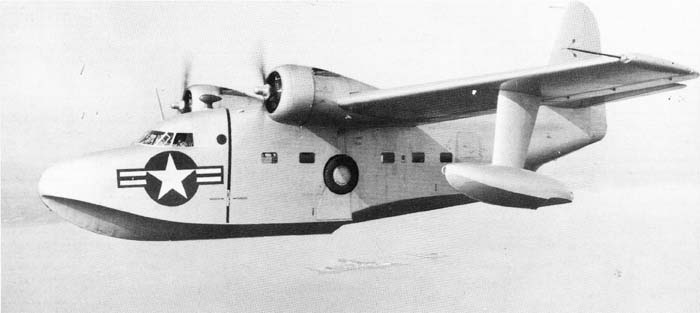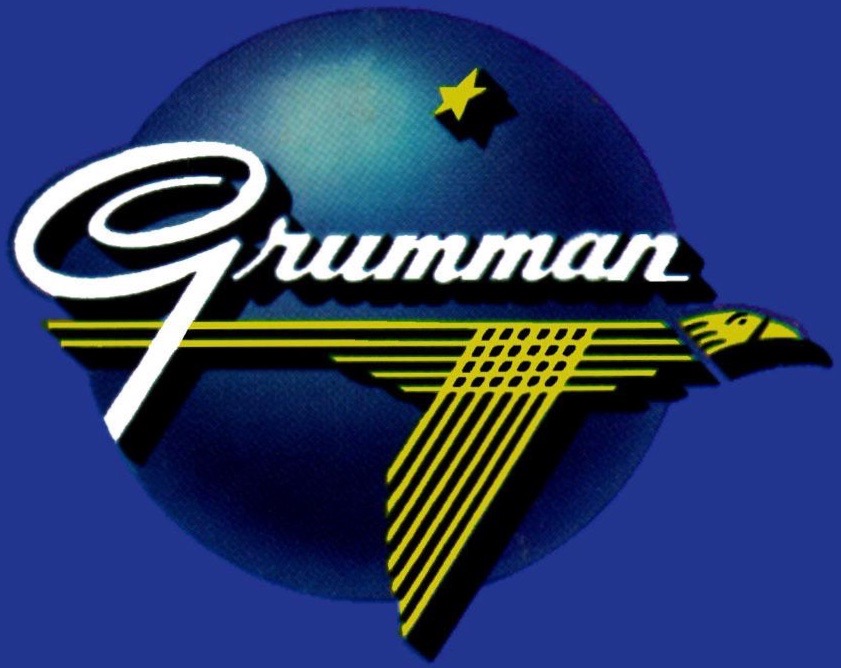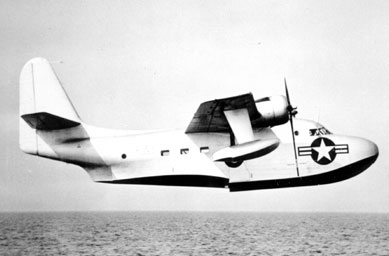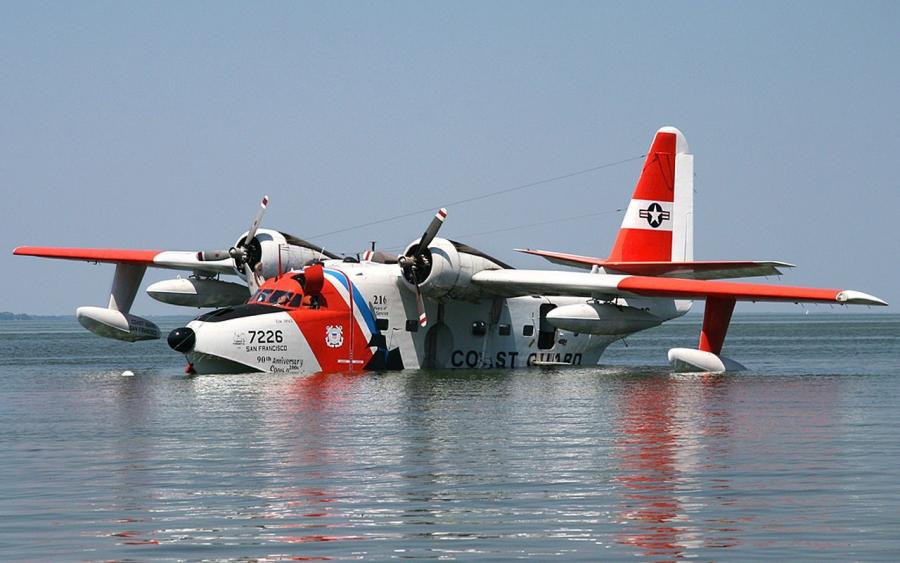

Interestingly, several months earlier, the National Advisory Committee for Aeronautics (NACA) conducted landing tests using a 1:7-scale model XJ2RF-1 in a test tank at the Langley Memorial Aeronautical Laboratory. Wave heights of 4.4 and 8.0 inches (11.2 and 20.3 centimeters) were used, with wave lengths between 10 feet and 50 feet (3–15 meters). Tests indicated that the amphibian could be expected to experience a maximum of 8.5 gs.

The Albatross was operated by a crew of 4 to 6 airmen, and could carry up to 10 passengers. The SA-16A amphibian was 62 feet, 10 inches (19.152 meters) long, with a wingspan (before modification) of 80 feet, 0 inches (24.384 meters) and had an overall height of 25 feet, 11 inches (7.899 meters). The wing had an angle of incidence of 5° and the total wing area was 883 square feet (82.03 square meters).
The SA-16A was modified to the SA-16B standard, increasing the wingspan to 96 feet, 8 inches (29.464 meters) and the wing area to 1,035 square feet (96.15 square meters). The wing’s leading edges were altered and larger tail surfaces were added.
The HU-16B had an empty weight of 23,025 pounds (10,444 kilograms), and maximum takeoff weight of 37,500 pounds (17,010 kilograms). For takeoff from water, the airplane’s weight was limited to 34,000 pound (15,422 kilograms), using rocket assist. The maximum weight for landing on water was 32,000 pounds (14,515 kilograms).

The Albatross could be equipped with two or four Aerojet 14AS1000 RATO units, which produced 1,000 pounds of thrust (4.49 kilonewtons), each, for 15 seconds.
The flying boat had a cruise speed of 134 knots (154 miles per hour/248 kilometers per hour) and a maximum speed of 204 knots (235 miles per hour/378 kilometers per hour) at 3,700 feet (1,128 meters). The service ceiling was 23,800 feet (7,254 meters). The SA-16B had a combat radius of 725 nautical miles (834 statute miles/1,343 kilometers), and 1,130 nautical miles (1,300 statute miles/2,093 kilometers) with two 300-gallon (1,136 liters) drop tanks.

© 2018, Bryan R. Swopes